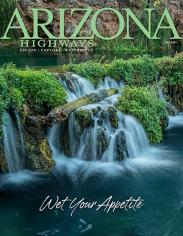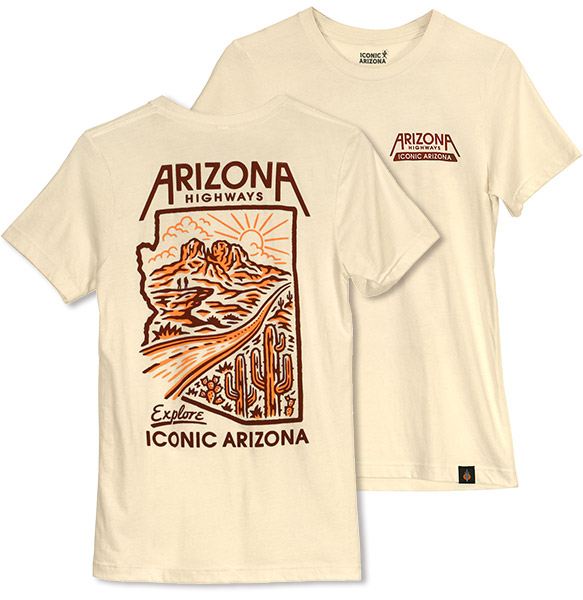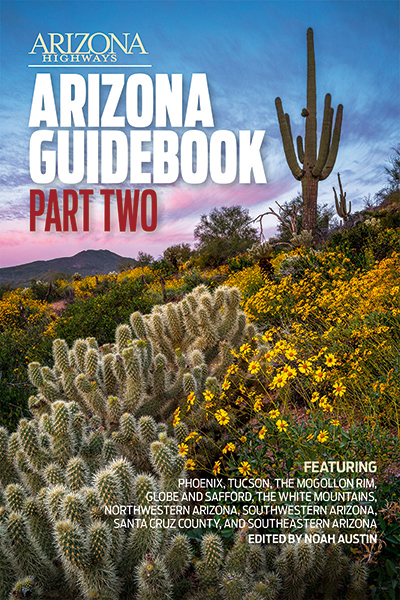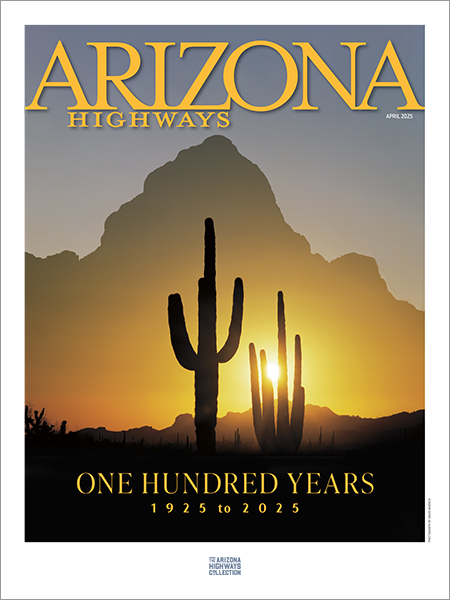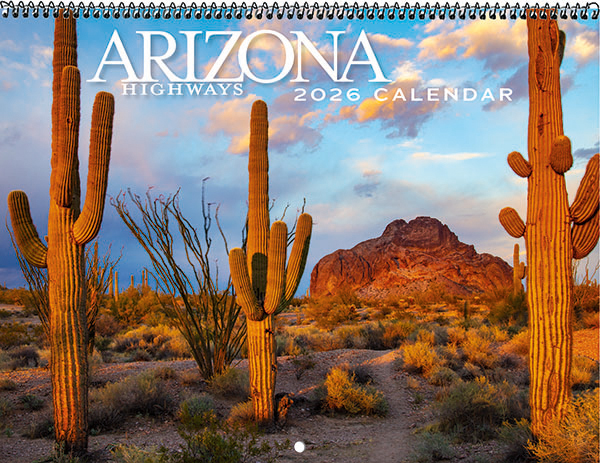Latest Stories
From the Issue
EXPLORE ARIZONA
PHOTOGRAPHY
Photo of the Day
Photographer: Dave Kiesling
Photo Contest
Do you have a knack for capturing great photos of wildlife? Enter the Arizona Wildlife Views photo contest.
Photo Editor Forum
Have a question about photography? Email it to us, and our photo editor will try to answer it in a future issue.
Submit A Photo
Use our submission form to send us your Global Snapshots or images for Photo of the Day consideration.
Global Snapshots
Send us a snapshot of someone you know posing with our magazine, and we'll post it on our site.
Shop Arizona Highways
Explore Arizona Highways' selection of books, calendars, accessories, home décor and more.
AUDIO & VIDEO
Local Favorite: Christopher Creek Spice Company
Local Favorite: Grand Canyon Brewing
Local Favorite: Chocolita
Local Favorite: Plantae
Local Favorite: Culture Clash
Local Favorite: Freeform Coffee
